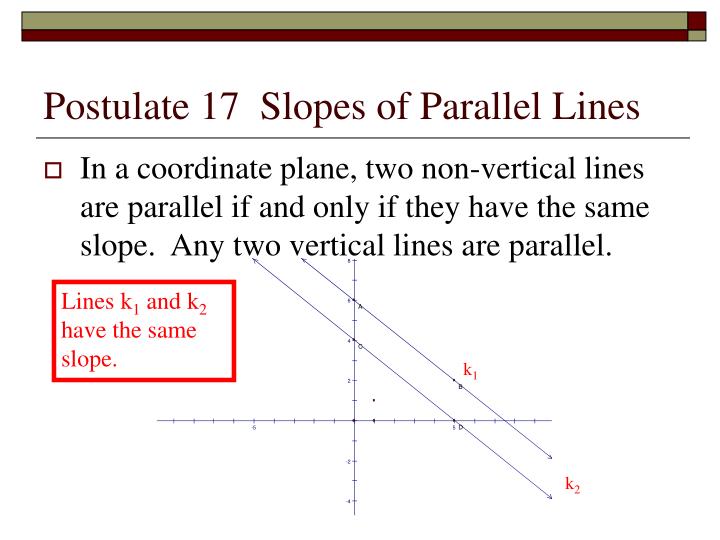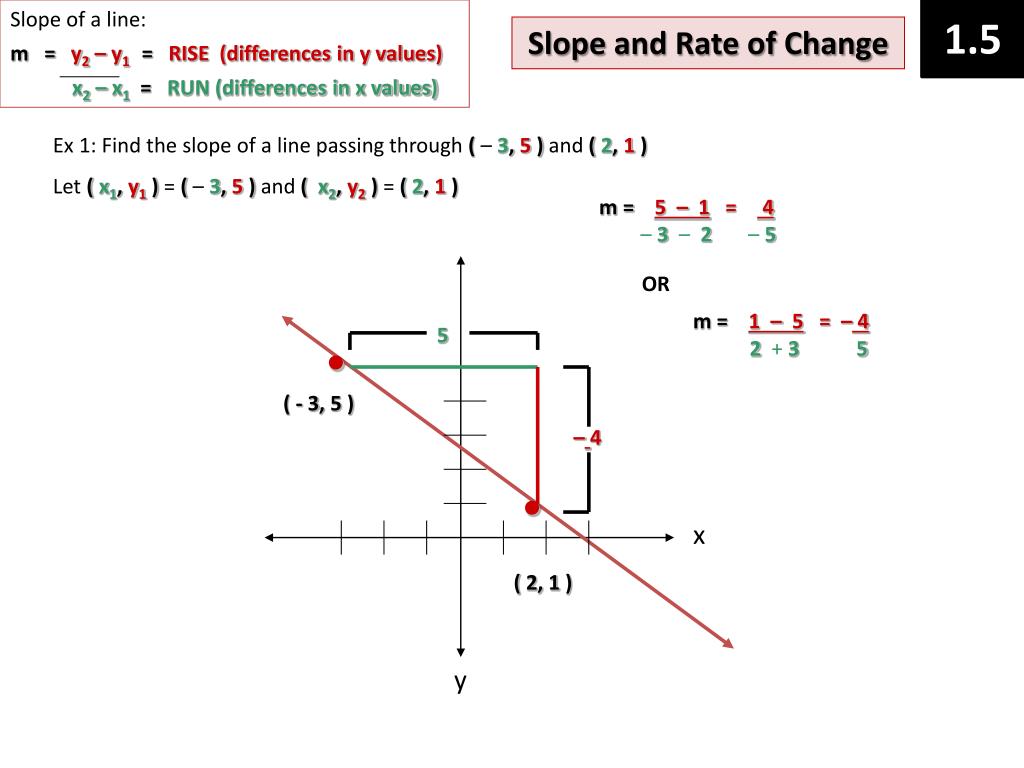


Changes in banking practices and technology have made the savings accounts in M2 more similar to the checking accounts in M1. Sometimes elements of M1 are not treated alike for example, some businesses will not accept personal checks for large amounts, but will accept traveler’s checks or cash. The lines separating M1 and M2 can become a little blurry. (Source: Federal Reserve Statistical Release, )

Individual money market mutual fund balances M1 and M2 Federal Reserve Statistical Release, Money Stock Measures Components of M1 in the United States in 2012ĭemand deposits and other checking accountsĬomponents of M2 in the United States in 2012 A breakdown of the portion of each type of money that comprised M1 and M2 in 2012, as provided by the Federal Reserve Bank, is provided in Table 13.1. money stock, at year-end 2012, M1 in the United States was $2.4 trillion, while M2 was $10.4 trillion. To provide an idea of what these amounts sound like, according to the Federal Reserve Bank’s measure of the U.S. The Federal Reserve System is responsible for tracking the amounts of M1 and M2 and prepares a weekly release of information about the money supply. M2 = M1 + savings deposits + money market funds + certificates of deposit + other time deposits. M1 = coins and currency in circulation + checkable (demand) deposit + traveler’s checks. M1 and M2 money have several definitions, ranging from narrow to broad. The Relationship between M1 and M2 Money. Note that M1 is included in the M2 calculation.įigure 13.3. Figure 13.3 should help in visualizing the relationship between M1 and M2. In short, all these types of M2 are money that you can withdraw and spend, but which require a greater effort to do so than the items in M1. Another ingredient of M2 is the relatively small (that is, less than about $100,000) certificates of deposit (CDs) or time deposits, which are accounts that the depositor has committed to leaving in the bank for a certain period of time, ranging from a few months to a few years, in exchange for a higher interest rate. Many banks and other financial institutions also offer a chance to invest in money market funds, where the deposits of many individual investors are pooled together and invested in a safe way, such as short-term government bonds. For example, M2 includes savings deposits in banks, which are bank accounts on which you cannot write a check directly, but from which you can easily withdraw the money at an automatic teller machine or bank. M2Ī broader definition of money, M2 includes everything in M1 but also adds other types of deposits. Traveler’s checks are also included in M1, but have decreased in use over the recent past. These items together-currency, and checking accounts in banks-make up the definition of money known as M1, which is measured daily by the Federal Reserve System. They are called demand deposits or checkable deposits because the banking institution must give the deposit holder his money “on demand” when a check is written or a debit card is used. These are the amounts held in checking accounts. Closely related to currency are checkable deposits, also known as demand deposits. Treasury, at the Federal Reserve Bank, or in bank vaults. M1 money supply includes coins and currency in circulation-the coins and bills that circulate in an economy that are not held by the U.S. M2 money supply is less liquid in nature and includes M1 plus savings and time deposits, certificates of deposits, and money market funds. M1 money supply includes those monies that are very liquid such as cash, checkable (demand) deposits, and traveler’s checks. We will discuss this further later in the module, but for now, there are two definitions of money: M1 and M2 money supply. The Federal Reserve Bank, which is the central bank of the United States, is a bank regulator and is responsible for monetary policy and defines money according to its liquidity. Thus, $10 in your savings account is less liquid. You must go to the bank or ATM machine and withdraw that cash to buy your lunch. However, $10 that you have in your savings account is not so easy to use. Your $10 bill can be easily used to buy a hamburger at lunchtime. Liquidity refers to how quickly a financial asset can be used to buy a good or service. But what about checks or credit cards? Are they money, too? Rather than trying to state a single way of measuring money, economists offer broader definitions of money based on liquidity. Cash in your pocket certainly serves as money.


 0 kommentar(er)
0 kommentar(er)
